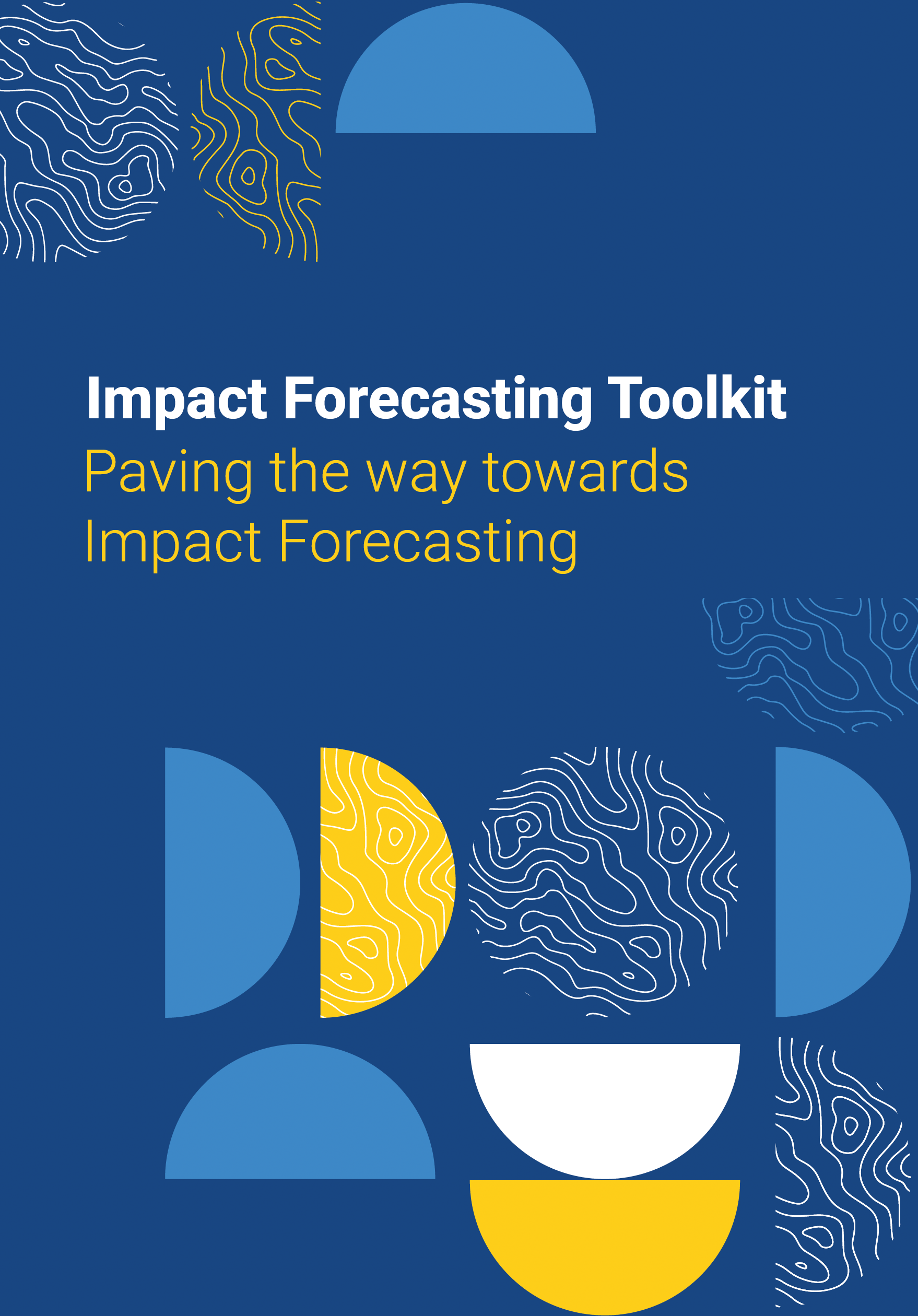The first Cyclone Impact Forecasting Toolkit for Bangladesh
In Bangladesh, a country disproportionately affected by cyclones originating in the Bay of Bengal, early warning systems have historically reduced fatalities through timely alerts and infrastructure improvements. However, generic forecasts often fail to address the nuanced vulnerabilities of individual communities, resulting in varied impacts across the region with different livelihood sectoral damage.
The critical challenge lies not in predicting what the weather will be but in communicating what the weather will do. While vital, traditional hazard-centric forecasts lack granularity in translating meteorological data into localized consequences. This limitation leaves disaster managers and communities unprepared to prioritize resources or implement targeted interventions, particularly in regions with heterogeneous exposure and vulnerability profiles.
This Cyclone Impact Forecasting (IF) Toolkit demonstrates the paradigm shift toward impact-based decision-making. By integrating high-resolution hazard forecasts with dynamic vulnerability indices and sector-specific exposure data, this methodology enables the generation of location-specific impact scenarios. Grounded in multidisciplinary collaboration, the toolkit synthesizes advanced forecast products, socio-economic datasets, and remote sensing insights to quantify risks at both national (district) and sub-district (upazila) levels.
Developed in partnership with the Bangladesh Meteorological Department (BMD) and the Department of Disaster Management (DDM), this toolkit emphasizes operational scalability of IbF and IF specially for compound hazards like tropical cyclones. It leverages Bangladesh’s existing early warning infrastructure while incorporating national and sub-national-level socioeconomic and exposure data to generate detailed impact scenarios.
Access the toolkit here: https://tinyurl.com/RIMES-IFToolkit
